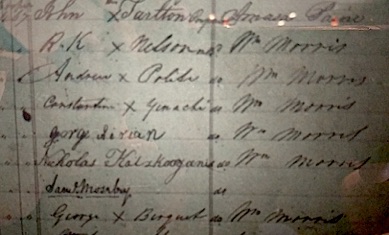Greek Americans in the US Military

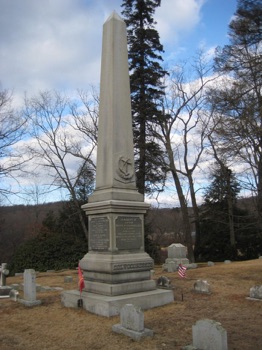
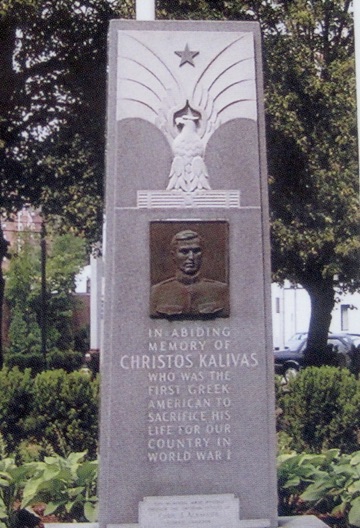
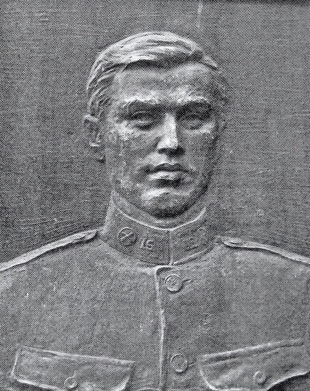

New Hampshire’s first Greek-American soldiers of World War I. Manchester, 1917. (Photo courtesy of The Spirit of Kalivas Park, Community of Kalivas Park, 2005)

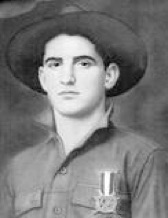
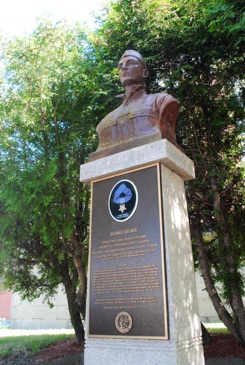
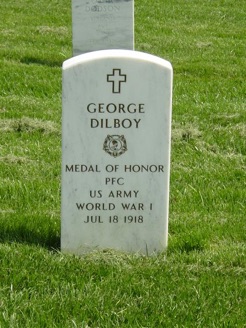
Above: George Dilboy. Right: Dilboy’s headstone at Arlington National Cemetery. Lower right: Somerville City Hall’s Dilboy statue. (Photos courtesy of City of Somerville and the Smithsonian.)

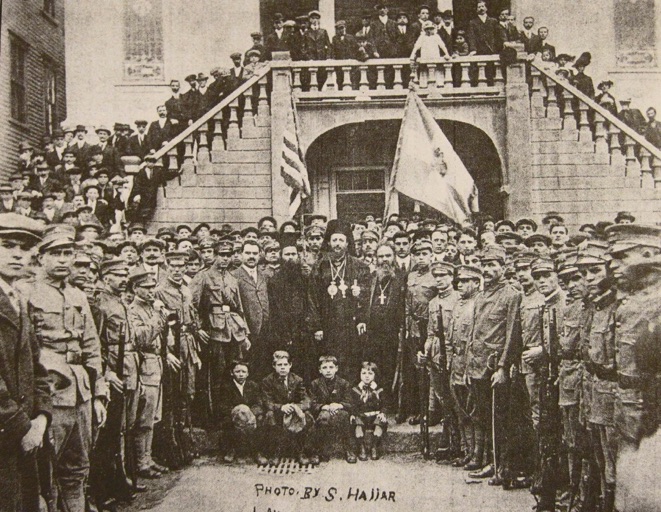
The city of Somerville honored Dilboy by dedicating a playing field in his name and the State of Massachusetts in 2006 built in the Somerville area the Dilboy Memorial Stadium, home to several sports teams of local universities and Boston’s professional women’s soccer team. Somerville’s VFW Post 529 is also named after Dilboy.(Photo courtesy of Dilboy Stadium.)

Left: The Colvos Passage in Pugent Sound (Map, H.M. Gousha Company, Chicago, IL, 1947) Center: G. M. Colvocoresses. (Photo, Norwich University Archives) Right: His tombstone in Litchfield, CT. (Photo, Heidi McColgan)
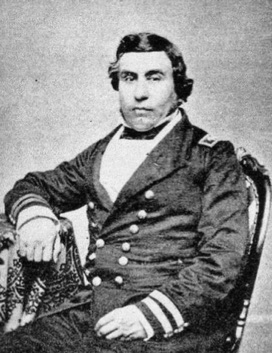
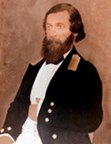
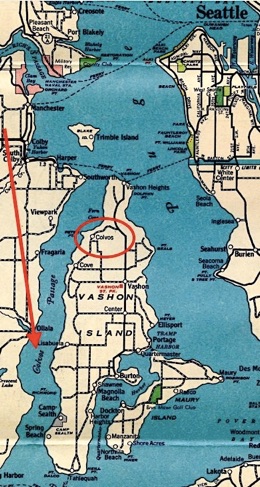
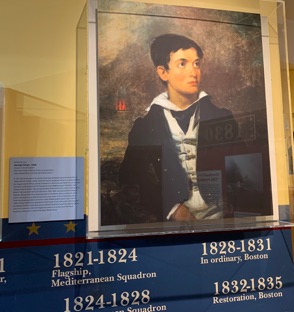

Eleanor Marshall Sirian. Photo courtesy James Edward Eller, Jr.

Sarigiannis family references on Psara’s Holocaust Memorial


Sirian family graves--George on the left and Eleanor.
(Photos, J. McDougall)

George Sirian’s prayer book. Courtesy USS Constitution Museum.

Part of the Sirian exhibit at the USS Constitution Museum.
Ingham painting, USS Constitution Museum
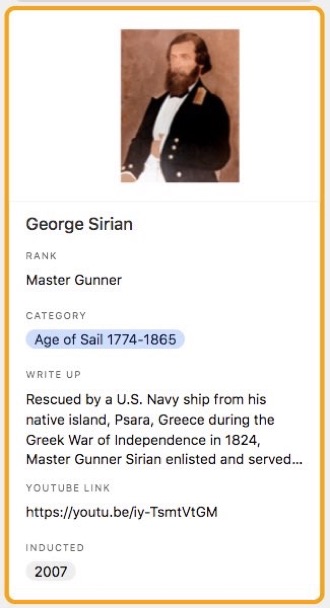
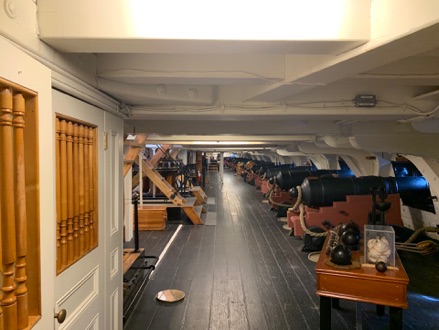
Above, the USS Constitution’s gunner deck, where Sirian worked.
Right, in 2007 Sirian was inducted to the U.S. Navy Hall of Fame.
On March 25, 2021, the 200th anniversary of the start of the Greek Revolution, one of Boston’s Greek American celebrations included a commemoration of the life of George Sirian held on the USS Constitution. See the whole event here:
Part of the Sirian exhibit at the USS Constitution Museum.
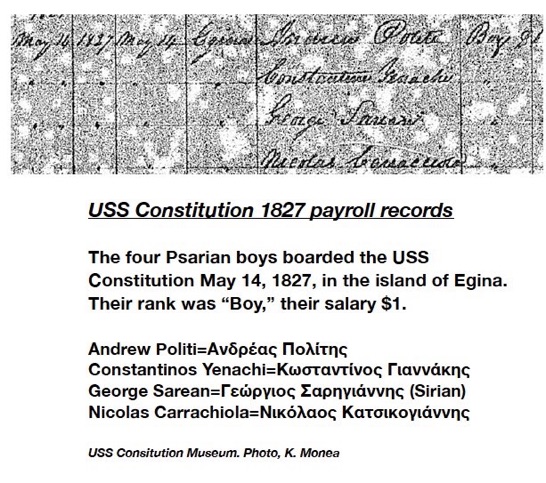
The USS Constitution’s Purser wrote the names of the boarding Psariot kids above. Upon exiting the ship the last entrant signed his name as “Katskooganis.” (J. McDougall photo).
